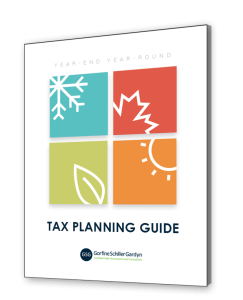It happens to butchers, bakers, and candlestick makers. It probably happens in your business, too: A customer doesn’t pay what they owe and you end up with a bad debt. Can you take a tax deduction?
The answer depends on how you account for income on your tax return. If you included the amount due from the customer in income this year or in previous years, it’s likely you have a bad debt deduction. You can claim all or part of the worthless receivable.
What if you record income as you collect the cash? In this case, since you don’t receive the amount your customer owes you, and since you never reported it as income, there’s no deduction.
Suppose you lend money to a customer for a business reason and the loan becomes uncollectible. Is the loan considered a deductible bad debt?
As a general rule, yes, as long as your intention was to make a loan, not a gift, and you attempted to collect the debt but could not. Money you lend to employees or suppliers may also be deductible.
Though you don’t have to go to court to prove a debt is uncollectible, the deduction can only be taken in the taxable year it becomes worthless. If you overlook the deduction on that year’s return, don’t despair. For a fully worthless bad debt you have up to seven years from the due date of your original return to file an amended one.
Additional rules apply to specific situations, and certain businesses can use a special method for claiming bad debt deductions. Give us a call to discuss your options.





